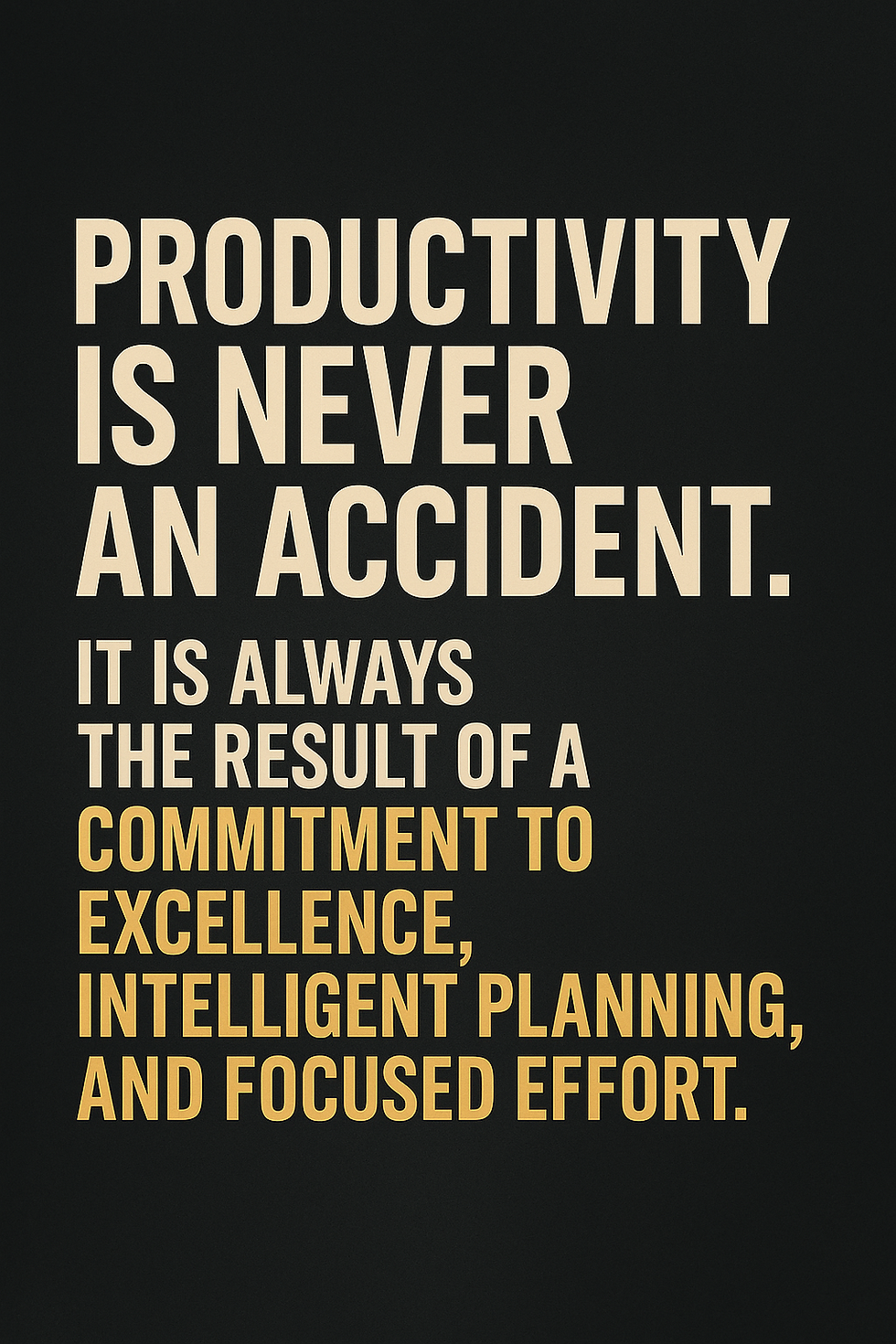The History and Evolution of Warrior Bootcamp
- Kirk Carlson
- Mar 15, 2024
- 2 min read

The History and Evolution of Warrior Bootcamp
The concept of Warrior Bootcamp, a high-intensity, military-style fitness program, has its roots deeply embedded in history, drawing inspiration from the rigorous training regimens of soldiers. Over the years, this form of physical training has evolved, transitioning from exclusive military use to a popular civilian fitness trend. This article explores the origins, development, and modern-day incarnation of Warrior Bootcamp, shedding light on how it has become a beloved fitness phenomenon.
Historical Origins
The history of Warrior Bootcamp begins with the military. For centuries, armies worldwide have employed rigorous training programs to prepare soldiers for combat's physical and mental challenges. These programs focused on endurance, strength, agility, and tactical skills, ensuring soldiers were battle-ready. The idea was not only to enhance physical capabilities but also to instill discipline, teamwork, and mental resilience, qualities essential for survival on the battlefield.
Transition to Civilian Fitness
The transition of military-style training into civilian fitness began to gain momentum in the late 20th century. Fitness enthusiasts and former military personnel recognized the comprehensive benefits of this type of training and began adapting it for the general public. The term "bootcamp" became synonymous with workouts that combined elements of strength, endurance, and agility training, often conducted outdoors to mimic the feel of military training camps.
Modern-Day Warrior Bootcamp
Today's Warrior Bootcamp workouts are far from their purely military predecessors. They are designed to be inclusive, catering to individuals of varying fitness levels while maintaining the core principles of intensity and discipline. These programs often incorporate functional movements that mimic everyday activities, obstacle courses that challenge agility and mental grit, and team-based exercises that foster community and mutual support.
Key Components and Evolution
Inclusivity: Modern Warrior Bootcamps have evolved to be more inclusive, offering modifications for different fitness levels. This approach has broadened their appeal, making them accessible to a broader audience.
Functional Fitness: There's been a shift towards functional fitness, focusing on exercises that improve daily activities. This includes movements like squatting, lifting, pushing, and pulling, essential for overall physical well-being.
Technology Integration: Technology has become more prevalent in Warrior Bootcamps, with fitness trackers, apps, and online platforms enhancing the training experience. This has allowed personalized feedback, progress tracking, and a sense of community, even in virtual settings.
Holistic Approach: Modern programs often incorporate a holistic approach to fitness, including nutritional guidance, mental health strategies, and recovery techniques. This comprehensive approach ensures that participants improve physically, mentally, and emotionally.
Global Popularity: Warrior Bootcamp has gained international popularity, with programs available in many countries worldwide. This widespread adoption has led to diverse styles and influences, enriching the practice.
Conclusion
The evolution of Warrior Bootcamp from military training regimens to a popular civilian fitness trend reflects a broader shift in societal attitudes towards health and wellness. Today's Warrior Bootcamps are more than just workouts; they are comprehensive programs designed to improve physical fitness, mental resilience, and emotional well-being. By adapting and evolving over the years, Warrior Bootcamp has maintained its core ethos of discipline and intensity while becoming accessible and enjoyable for people from all walks of life. Warrior Bootcamp will undoubtedly continue to adapt as we look to the future, reflecting changing fitness trends and societal needs.



Comments